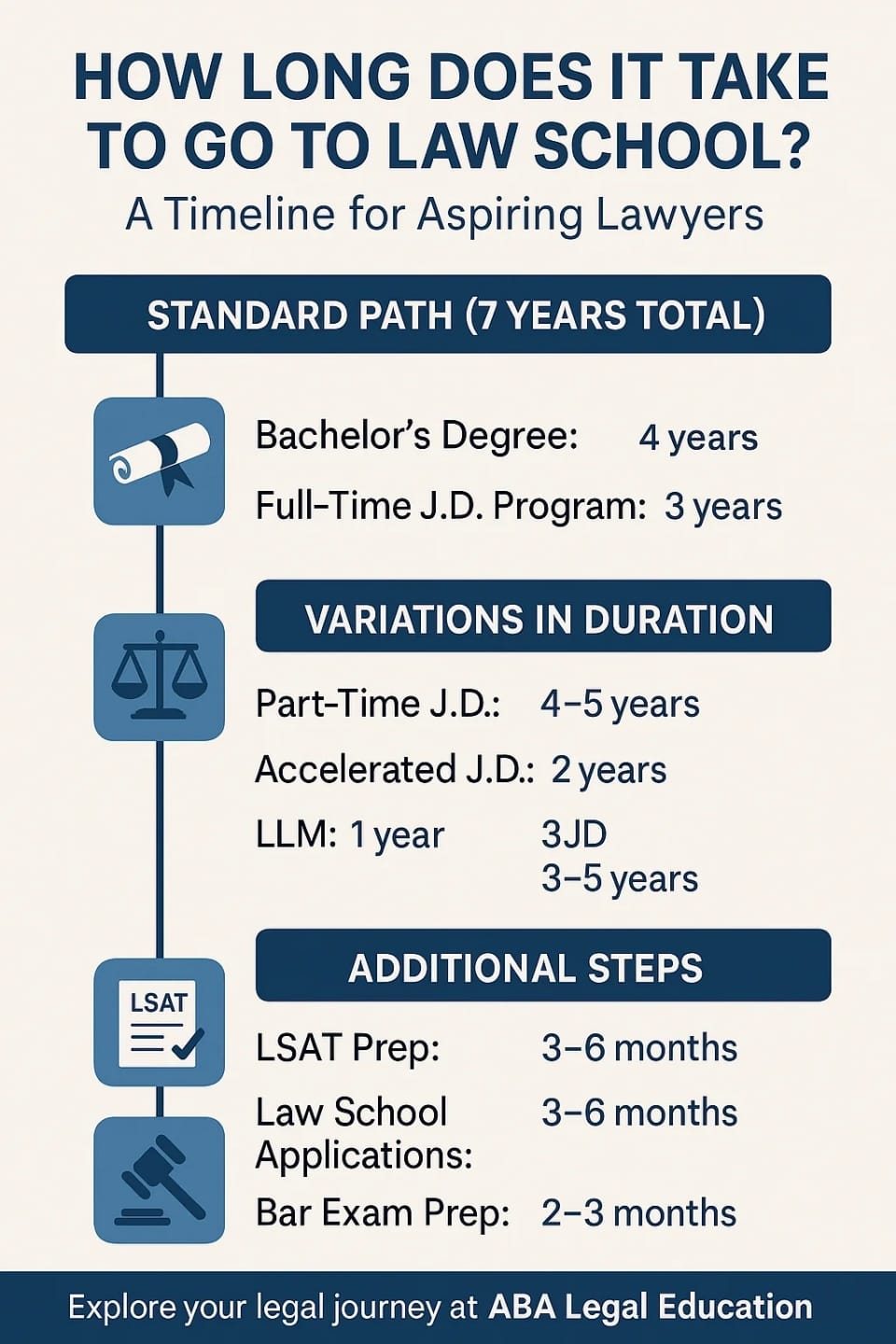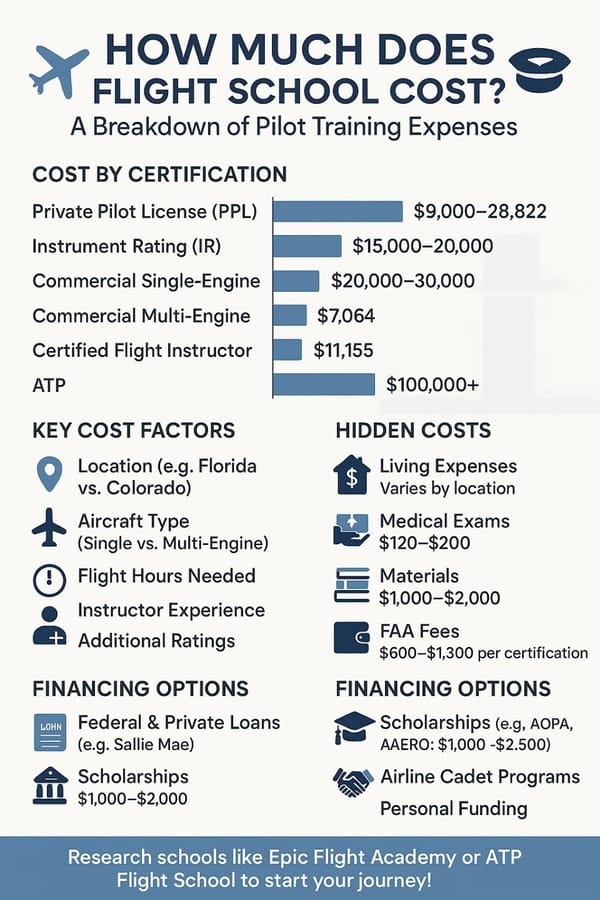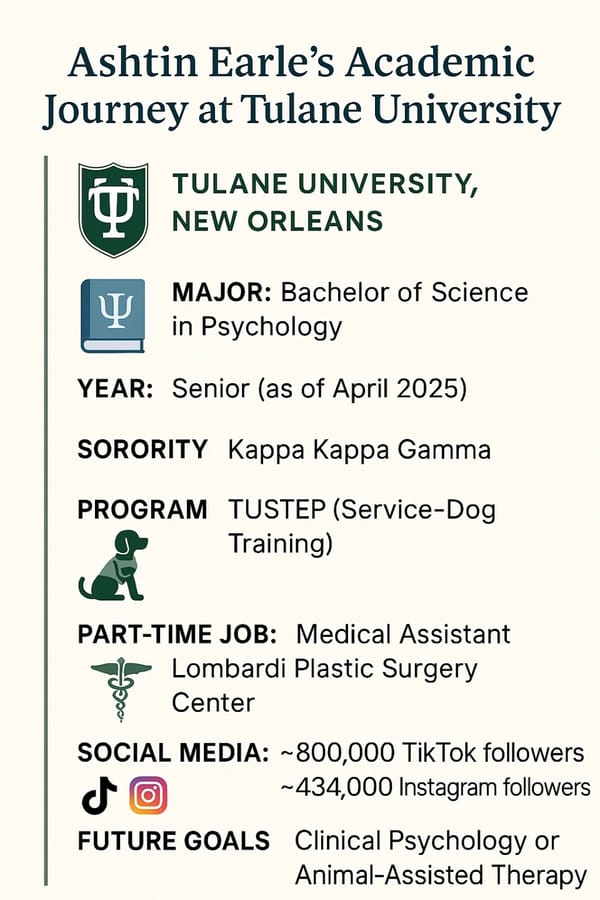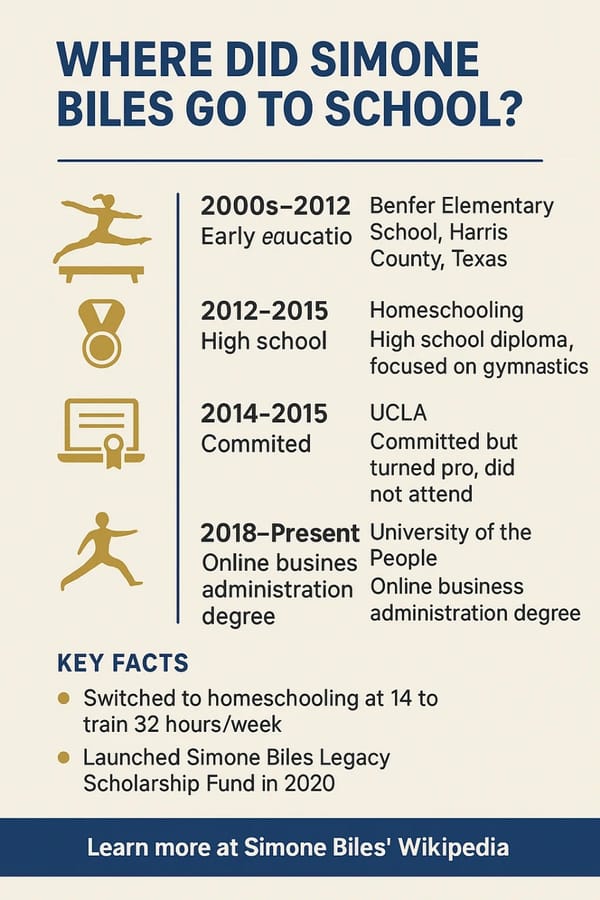Law School Path Calculator
Plan your journey to becoming a lawyer by exploring different program options.
Your Path to Becoming a Lawyer
Total Time Required:
Compare Program Options
| Program Type | Duration | Best For | Key Benefits | Challenges |
|---|---|---|---|---|
| Full-Time J.D. | 3 years | Traditional students seeking full law school experience | Complete immersion, networking opportunities, full range of electives | Difficult to work during program, higher immediate time commitment |
| Part-Time J.D. | 4-5 years | Working professionals, parents, career-changers | Continue working, maintain income, apply learning to current job | Longer program, fewer networking opportunities, challenging work-study balance |
| Accelerated J.D. | 2 years | Highly motivated students, those with prior legal experience | Faster entry to profession, reduced tuition costs, less total time investment | Intense workload, limited breaks, fewer elective options |
What Is the Duration Required to Complete Law School? A Comprehensive Guide for Aspiring Lawyers
Are you considering law school yet unsure about the time needed to fulfill your dream of becoming a lawyer? The path to becoming a lawyer is thrilling yet challenging because it requires precise planning along with a well-defined understanding of the educational timeline. This comprehensive guide will detail the time needed to complete law school whether you are currently an undergraduate student exploring career options or a working professional planning to change careers. This article serves as your guide to becoming a Juris Doctor (J.D.) through practical insights and expert advice enriched with personal experiences and beyond.
Why Understanding the Law School Timeline Matters
Attending law school requires considerable investment in your time resources as well as financial and physical effort. A clear understanding of the law school duration allows you to organize your educational journey and professional objectives while developing a plan for upcoming obstacles. Your chosen academic route—whether full-time, part-time, or an accelerated program—combined with steps like LSAT preparation or pursuing further degrees affects the law school timeline. The guide provides a breakdown of every phase to help prospective law students understand the steps required for their legal career.
The Standard Path: How Long Is Law School?
For most aspiring lawyers in the U.S., the journey to becoming a licensed attorney takes seven years total: The typical seven-year path to becoming a lawyer includes four years to obtain a bachelor's degree plus three years for a full-time J.D. program. Three years of full-time J.D. studies at an ABA-accredited law school constitutes part of the standard seven-year path to becoming a licensed attorney in the U.S. Let’s explore each step in detail.
Step 1: Earning a Bachelor’s Degree (4 Years)
Undergraduate students need to finish four years of full-time study to earn a bachelor’s degree before they can apply to law school. Students have the opportunity to major in any field since law schools do not require a specific major allowing exploration in political science, history, philosophy or STEM subjects. Strong analytical abilities together with writing proficiency and critical thinking constitute the fundamental components of legal studies development.
Sarah Thompson who graduated from Yale Law School explains that her biology major led to advantageous analytical skills for her legal education. During your undergraduate studies you should focus on creating a strong academic foundation instead of merely fulfilling degree requirements.
The undergraduate phase should include both academic excellence and participation in activities like debate clubs or pre-law organizations to enhance law school applications.
Step 2: Preparing for the LSAT (3–6 Months)
The Law School Admission Test (LSAT) represents an essential challenge applicants must overcome to gain admission to law school. Students can take this standardized test up to four times annually to assess their reading comprehension and logical reasoning abilities which are essential to legal education. Students usually require three to six months to prepare for the test while utilizing practice tests, prep courses, and tutors provided by the Law School Admission Council (LSAC).
Achieving a high LSAT score can greatly improve your likelihood of acceptance at prestigious law schools listed in the U.S. News & World Report rankings. During their last undergraduate semesters students spend 10–20 hours per week on study preparation.
Step 3: The Law School Application Process (3–6 Months)
The law school application process requires you to submit your LSAT score along with your undergraduate transcript and letters of recommendation plus a personal statement. Law school application procedures start in autumn and students must submit their applications by February to enroll in the following academic year. Creating a strong application demands considerable time investment with particular attention needed for the personal statement which must showcase both your motivation and individual point of view.
Step 4: Full-Time J.D. Program (3 Years)
Once admitted, the standard full-time J.D. program takes three years to complete. The initial year of law school labeled “1L” stands out as the most demanding period which features core subjects delivered via the case method and Socratic teaching techniques. You’ll study:
- Torts: Civil wrongs and remedies.
- Contracts: Legal agreements and enforcement.
- Criminal Law: Principles of criminal liability.
- Civil Procedure: Rules governing lawsuits.
- Constitutional Law: Interpretation of the U.S. Constitution.
- Legal Research and Writing serves as essential foundational skills for practicing law.
During their second and third years students (2L and 3L) can choose from elective courses including corporate law as well as environmental law and intellectual property. Through clinical programs alongside externships and summer internships students obtain valuable practical experience. For example, clinics at Harvard Law School Students at Harvard Law School work on actual legal cases with guidance from faculty members through their clinic programs.
“My first year was chaotic but by 2L I was enthusiastic about tax law and my internship at a firm,” Michael Chen who is a 3L at NYU School of Law explains. The workload is tough but practical experience provides rewarding outcomes.
Variations in Law School Duration
While the standard J.D. Multiple factors can change how long it takes to complete the standard three-year J.D. program. This overview examines different law school paths along with their respective time frames.
Part-Time J.D. Programs (4–5 Years)
Students maintaining work and family responsibilities can access part-time programs. The duration of these programs extends to four or five years because they provide courses during evening or weekend times. Part-time J.D. programs serve as a perfect solution for career changers and working professionals who wish to enter law school without leaving their present jobs.
Emily Rodriguez managed to maintain her employment through part-time study while needing to effectively handle her time obligations. graduate from Georgetown University Law Center. “It’s a marathon, not a sprint.”
Many ABA-accredited schools offer part-time programs which typically contain fewer elective choices and networking possibilities than full-time programs.[1]
Accelerated J.D. Programs (2 Years)
Accelerated J.D. programs provide eager students with an opportunity to enter the workforce faster by condensing the curriculum into two years. programs condense the curriculum into two years. These demanding programs require continuous study throughout the year with only short breaks. Schools like Northwestern Pritzker School of Law provides accelerated options which draw students who are highly driven or who already possess legal experience.
Accelerated programs allow students to save time and tuition fees while requiring them to maintain exceptional focus and stamina. These programs exist in fewer numbers so make sure you investigate their availability and accreditation carefully.
Advanced Legal Degrees (1–5 Years)
Students who receive a J.D. degree may choose additional advanced degrees which provide either specialization opportunities or paths toward academic careers.
- The Master of Laws (LLM) program spans one year and enables legal professionals to gain expertise in specific fields including tax law and international law as well as human rights. The Master of Laws (LLM) program attracts attorneys from the United States and overseas who want to expand their professional knowledge.
- The SJD serves as an extensive research-based degree lasting three to five years designed for academic career seekers and policy role specialists. Students must write a dissertation to earn an SJD degree which Stanford Law School and similar institutions offer.
These degrees lengthen the education timeline yet improve career options in specialized academic domains.
Beyond Law School: The Bar Exam and Licensure
Graduation from law school signifies an important achievement yet becoming a licensed attorney depends on passing the bar exam. During this multi-day assessment each state conducts to evaluate legal knowledge candidates must master both state and federal law. Preparation typically takes two to three months of full-time study, with resources like BarBri and Themis Bar Review provide structured courses for bar exam preparation.
The bar exam requires substantial time investment while some students might need to retake the test which delays their path to becoming licensed. After passing the bar exam you can practice law but some positions require extra certifications or clerkships.
Practical Considerations for Planning Your Journey
Understanding the timeline is just the beginning. These practical tips help you successfully navigate the law school application process.
- Start Early: Investigate law schools and begin LSAT preparation during your undergraduate studies to maintain a competitive edge.
- Leverage Resources: Streamline your application process by utilizing the LSAC Credential Assembly Service.
- Network Actively: Gather valuable information and create opportunities by attending law school fairs while making connections with alumni and finding mentors.
- Balance Rigor and Well-Being: The intensity of law school requires students to maintain their mental health through regular exercise, engaging hobbies, or participation in support groups.
- Explore Financial Aid: Explore available scholarships, grants, and loan options early due to the high expenses associated with law school.
Comparative Table: Law School Program Durations
| Program Type | Duration | Best For |
|---|---|---|
| Full-Time J.D. | 3 years | Students seeking to experience a traditional law school program should expect a three-year commitment |
| Part-Time J.D. | 4–5 years | The typical duration of law school for working professionals and individuals with existing responsibilities ranges between four to five years |
| Accelerated J.D. | 2 years | In 2 years students who demonstrate high motivation can achieve their goal of entering law school quickly |
| Master of Laws (LLM) | 1 year | The Master of Laws (LLM) degree requires one year of study for lawyers seeking specialized expertise |
| Doctor of Juridical Science (SJD) | 3–5 years | The Doctor of Juridical Science (SJD) program requires 3–5 years to complete for aspiring academics and researchers |
This table offers a fast way to select a law program according to your professional goals and daily routine.
Challenges and Rewards of Law School
Law school demands rigorous work through heavy reading requirements, competitive grading systems and Socratic method pressures. Yet, it’s also immensely rewarding. You'll acquire critical thinking skills along with advocacy and problem-solving abilities which prepare you for meaningful careers that impact society and individual lives.
Priya Patel who is a 2L at Columbia Law School first found the Socratic method frightening but it taught her to think rapidly under pressure. “It’s tough, but it builds confidence.”
By participating in student-led activities such as moot court and law journals students gain access to networking platforms and leadership development which substantially enhances their educational journey.
Conclusion: Your Path to a Legal Career
What is the typical duration to complete law school education? The traditional law school timeline consists of four years for undergraduate studies and three years for a J.D., resulting in a seven-year period while part-time programs require four to five years and accelerated tracks can be completed in as little as two years. Advanced degrees like an LLM or SJD may range from one to five years based on the student's personal objectives. The path becomes complex when you include LSAT preparation and bar exam requirements along with law school applications.
Law school is a transformative journey, equipping you with the skills to effect change in courtrooms, boardrooms, or classrooms. Whether you aim to advocate for justice, shape corporate policy, or teach the next generation of lawyers, the time invested in law school lays the foundation for a rewarding career. Start exploring programs, connect with current students, and visit the ABA’s Legal Education page to learn more. Take your first step toward a legal career today—share your questions or experiences in the comments below and join the conversation!
Part-time programs demonstrate variation in their structure which includes hybrid or online components to provide greater flexibility. ↩︎






